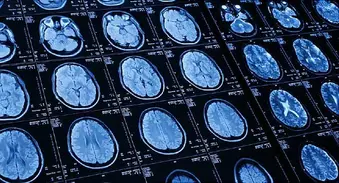What Do You Know About Strokes?


Question 1/12
You can have a stroke without knowing it.
- True
- False
Question 2/12
“Silent strokes” and “warning strokes” are the same thing.
- True
- False
Question 3/12
If someone is showing signs of a stroke, you should:
- Call 911 right away
- Make a note of the time
- Both
Question 4/12
If you're angry a lot, you may be more likely to have a stroke.
- True
- False
Question 5/12
You can reverse the damage caused by a stroke.
- True
- False
Question 6/12
Bleeding in the brain causes most strokes.
- True
- False
Question 7/12
Which of the following is NOT a sign of stroke?
- Slurred speech
- Chest pain
- Trouble moving
Question 8/12
Stroke damage to the right side of your brain could cause weakness on the left side of your body.
- True
- False
Question 9/12
Women who get certain types of migraines are more likely to have a stroke.
- True
- False
Question 10/12
The signs of stroke depend on what part of the brain loses its blood supply.
- True
- False
Question 11/12
Older women are more likely than older men to have strokes.
- True
- False
Question 12/12
To lower your chances of having a stroke, you should:
- Quit smoking
- Avoid physical activity
- Both